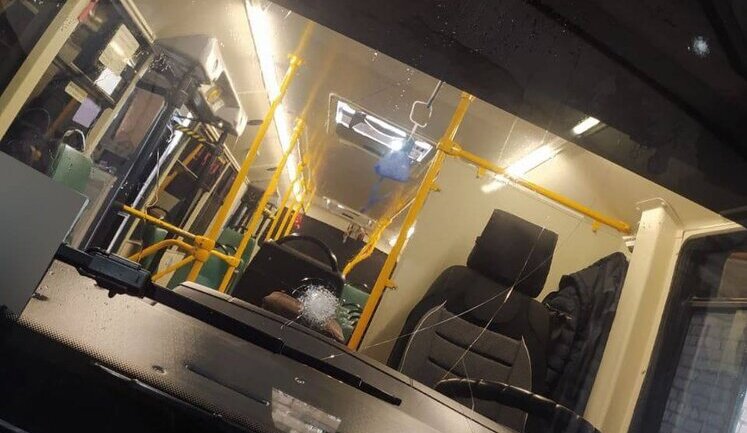The transport sector in Ukraine is facing significant developments amidst ongoing military conflicts and international agreements. Recent precision strikes by Ukrainian forces have targeted Russian military logistics, including vehicles and supply routes, highlighting the strategic role of transport in the conflict. Meanwhile, Ukraine has secured a $432 million agreement with the World Bank to rebuild its transportation infrastructure, aiming to enhance resilience and efficiency. Furthermore, the extension of the "transport visa-free regime" with the European Union signifies closer integration and improved mobility. These events underscore the critical importance of transport in both wartime efforts and economic reconstruction. The alignment with EU standards and international support positions Ukraine to rebuild and modernize its transport infrastructure effectively, ensuring the continuity of vital logistical operations.
How are drone strikes affecting transport in Ukraine?
Drone strikes by Ukrainian forces have targeted Russian military logistics, leading to significant disruptions in their transport capabilities. This includes the destruction of vehicles and supply routes, which hampers Russian military operations. This strategic use of drones highlights the crucial role of transport infrastructure in warfare.
What is the significance of the $432 million from the World Bank?
The $432 million from the World Bank is vital for Ukraine's efforts to rebuild its transport infrastructure. This funding will aid in restoring roads, bridges, and other essential components, enhancing the country's logistical capabilities and supporting economic recovery amidst ongoing conflicts.
How does the EU "transport visa-free regime" impact Ukraine?
The extension of the "transport visa-free regime" with the EU facilitates easier cross-border movements between Ukraine and EU member states. This agreement improves logistical efficiency, enhances trade relations, and signifies Ukraine's closer integration with European markets, benefiting both economic and transport sectors.
What measures are being taken to protect transport routes in conflict zones?
Ukrainian forces, including the 30th Separate Mechanized Brigade, are actively targeting enemy logistics to protect domestic transport routes. Precision strikes and reconnaissance missions aim to disrupt adversarial supply lines, ensuring the safety and continuity of transport operations within conflict zones.
Why is transport infrastructure critical during war?
Transport infrastructure is crucial during wartime as it supports military logistics, economic stability, and humanitarian efforts. Efficient transport networks enable the movement of troops, supplies, and civilians, impacting both strategic military decisions and the overall resilience of a nation facing conflict.
How does international support affect Ukraine's transport sector?
International support, such as funding from the World Bank and agreements with the EU, provides Ukraine with the necessary resources and frameworks to rebuild and modernize its transport infrastructure. This support helps fortify logistical networks, ensuring they can withstand external pressures and foster sustainable development.




























































